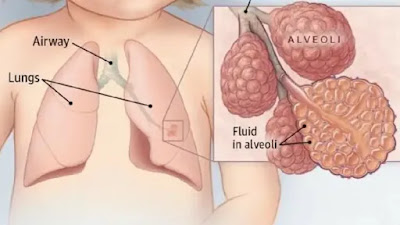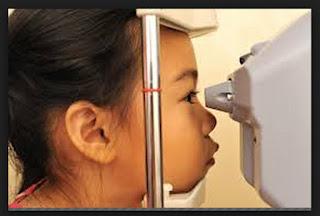Risks associated with diet, exercise, or substance use, including tobacco
Why , opportunistic screening has been recommended to health
care providers in north America, so that patients whose behavior is damaging to
their health can be counseled . tobacco , alcohol, high-salt diet, and sedentary
habits are major risk factors for hypertension and ischaemic heart disease,
which are now important causes of suffering and premature mortality in most developing countries
. it appears that advice from a sympathetic health care provider can help
individuals change their behavior, leading to health-promoting changes;such
advice may be especially effective when the care provider is well known to the
patient.
Who , all adults.
How and when , enquiry (verbal; questionnaires with literate
population).optimal frequency of screening and counseling is not established.
How and when . enquiry (verbal; questionnaires with literate
population). Optimal frequency of screening and counseling is not established.
Resource levels required . low for detection (enquiry ); low
or medium for intervention (counseling and referral to appropriate support
services).
Recommendation on use of screening, not recommended
.emphasis should be on primary prevention and making treatment available for
persons who wish to change their habits. The approach mustbe country specific.
Research priority. development of effective methods of
primary prevention and treatment for persons seeking help in giving up
health-damaging behavior.
Elevated blood cholesterol
The USPSTF (1989) recommended periodic screening of non –fasting
total blood cholesterol of all adults, leaving the frequency to clinical
discretion evidence is especially strong of the benefit (in terms of reduced
mortality from coronary artery disease )of early detection and treatment with
cholesterol lowering drugs for European and white American men aged 35-59 years
and mostly middle class, with very high serum cholesterol (>255mg/dl).how –ever,
questions remain about the applicability of the findings to other groups, including
women ,younger men, the elderly, other racial or socioeconomic groups, and persons
whose cholesterol levels are not quite so confirm the diagnosis , a single
reading being unreliable.
The high cost of repeated measurements of blood cholesterol
plus long-term treatment with cholesterol-lowering drugs, combined white American
men for populations in developing countries , suggests that screening for high
cholesterol should not be a priority within a strategy for primary health care
.the evidence appears clearer for screening and treating hypertension, which
should thus have higher priority, along with measures to reduce other risk
factors in the population as a whole, including smoking, obesity, excessive
alcohol intake, and high dietary intake of salt and , possibly, animal fats (browner
et al 1991). It would be rational to target screening to those with a family
history of early coronary artery disease, rather than the general population.
Resource levels required . medium technology for detection
but costly because of need for repeated measurements; low or medium for
intervention (diet counseling); medium for medication (expensive).
Recommendation on use of screening. Screening of the general
adult population in the absence of specific risk factors is not recommended. Emphasis
should be on primary prevention.


